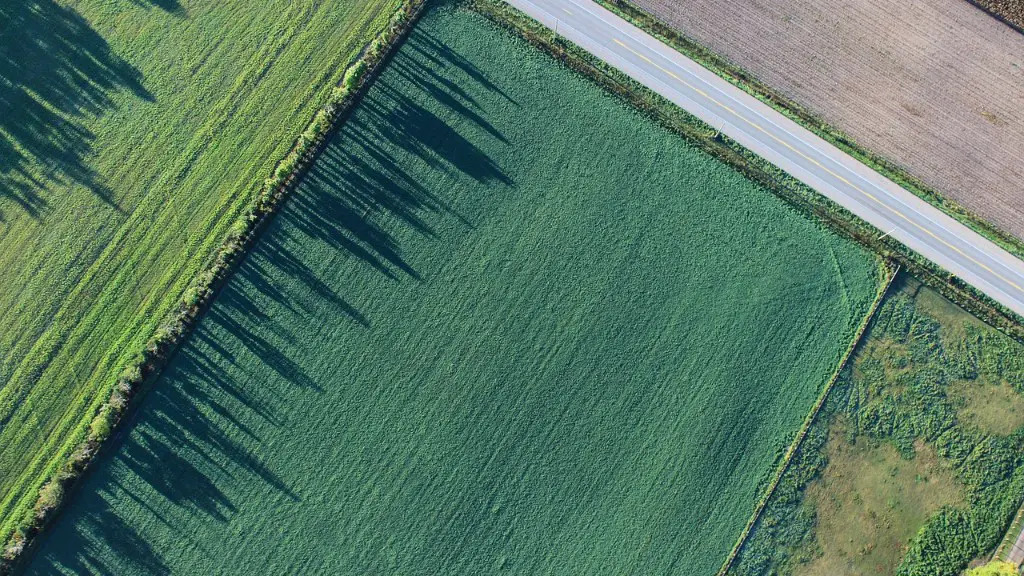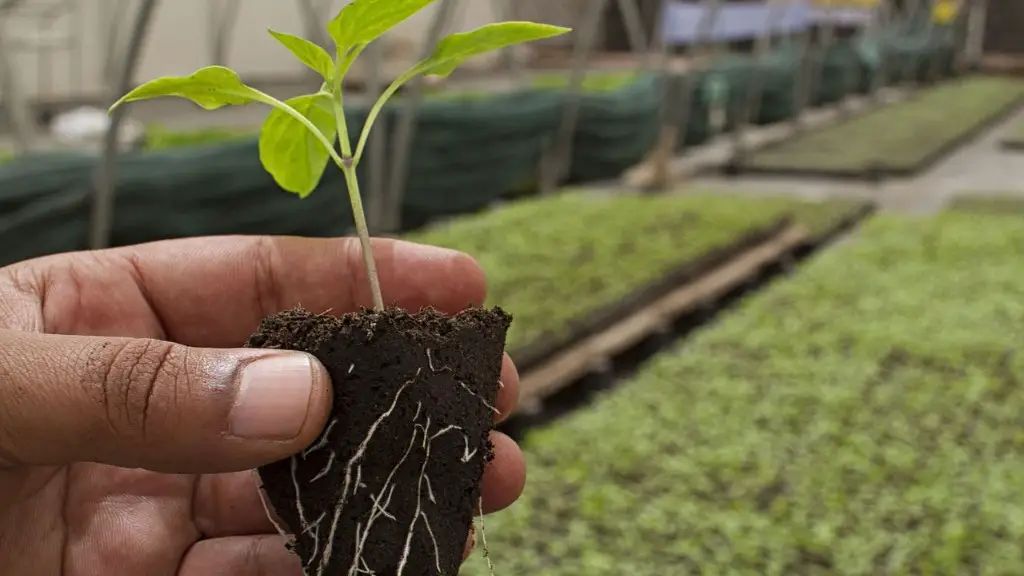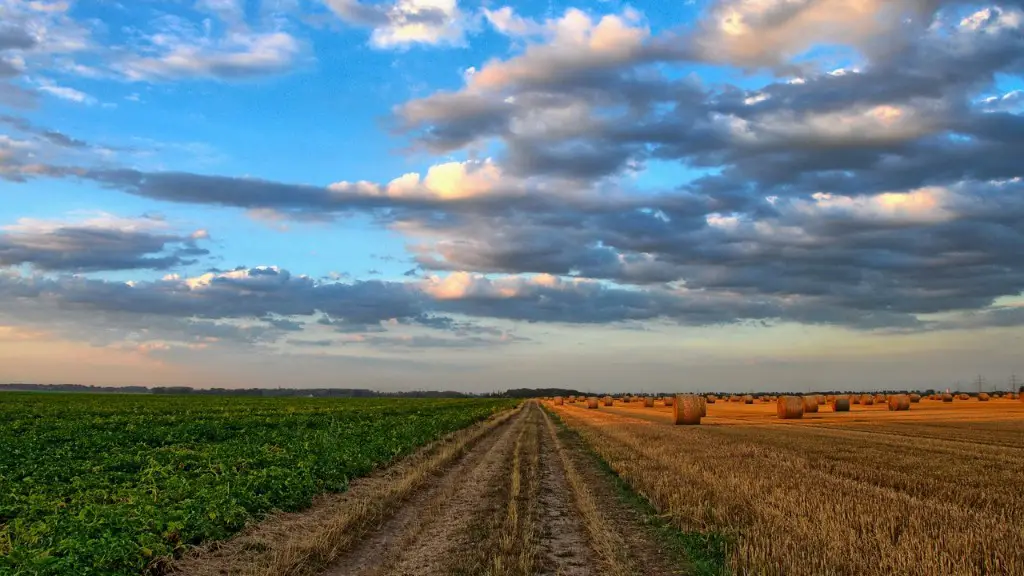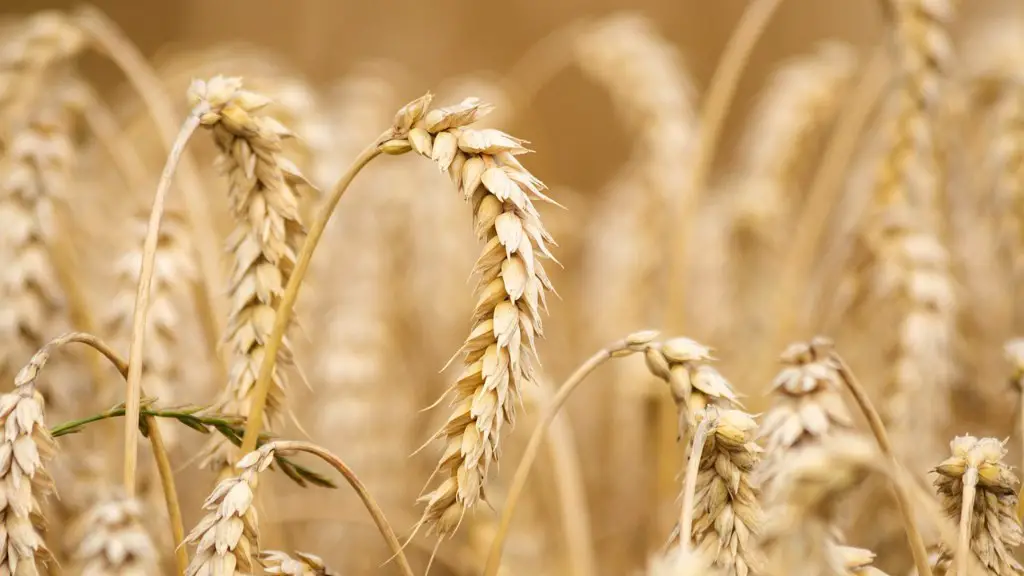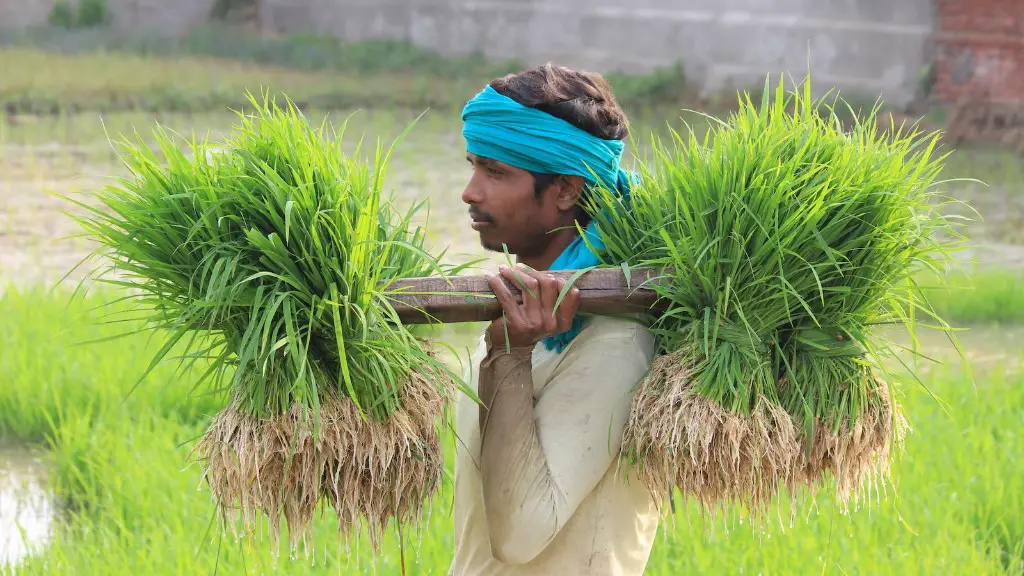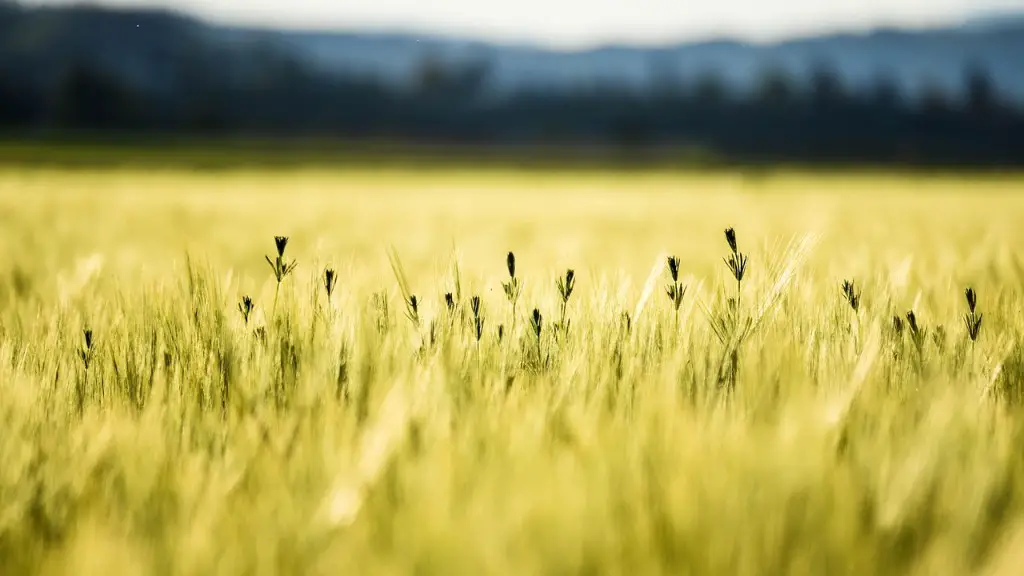Rainfed agriculture, also known as dryland farming, is agriculture that relies solely on rainfall for water, rather than irrigation. It is practiced in areas where rainfall is variable, unreliable, or scarce. Dryland farming is associated with dryland climates, which are areas where the potential evapotranspiration (the sum of evaporation and plant transpiration from the Earth’s surface to the atmosphere) is greater than the actual precipitation.
Rainfed agriculture is the cultivation of crops that rely on rainfall rather than irrigation. This type of farming is often practiced in areas with limited water resources, where irrigation is not possible or practical. While rainfed agriculture is more vulnerable to drought, it can be more sustainable than irrigated agriculture in the long term.
What is the meaning of rainfed?
Rainfed land is land that is supplied with water by rain. This can be a good thing or a bad thing, depending on the climate and the amount of rainfall.
There are a few reasons for this:
1) Irrigating farmers have a more reliable water supply, so they can invest in more inputs knowing that they will have the water they need to grow their crops.
2) More inputs generally means more yields, so irrigating farmers can produce more per hectare than rainfed farmers.
3) Irrigating farmers can also more easily control pests and diseases, which can further increase yields.
What is difference between dryland farming and rainfed farming
Dry farming, rainfed farming, and dryland farming are all methods of cultivation that are used in areas where rainfall is limited. Dry farming is the cultivation of crops in areas where rainfall is less than 750 mm per annum. Rainfed farming is the cultivation of crops in areas receiving rainfall above 750 mm. Dryland farming is the cultivation of crops in regions receiving more than 1,150 mm.
Rainfed farming systems are classified according to the climate of the region in which they are located. High-latitude rainfed systems are found in regions with cold winters, while mid-latitude rainfed systems are located in regions with mild winters. Subtropical and tropical rainfed highland farm systems are found in regions with highland climates, while semi-arid tropical and subtropical farming systems are found in regions with arid climates.
What is the main problem in rainfed agriculture?
Rainfed crops are prone to breaks in the monsoon during the crop growth due to water stress. This water stress may be due to variability of rainfall, delay in sowing, diversity in crop management practice and variability of the soil type. The prolonged breaks can result in partial or complete failure of the crops.
Rainfed farming is a type of agriculture that relies entirely on rainfall for water. It is practiced in areas where irrigation is not possible or practical. Rainfed farming is often less productive than farming with irrigation, but it is the only type of agriculture possible in many parts of the world.
Agro-ecology is a type of agriculture that focuses on the ecology of the land. It is a more sustainable and environmentally friendly approach to farming. Agro-ecology takes into account the whole ecosystem, including the soil, water, plants, and animals.
What are the two classes of rainfed farming?
Rainfed agriculture is an important type of agriculture that is practiced in many parts of the world. It is highly dependent on the amount of rainfall that an area receives each year. Areas that receive less than 750 mm of rainfall per year are classified as ‘dry lands,’ while those that receive more than 750 mm of rainfall per year are classified as rainfed areas.
The main reason for the low productivity of rainfed agricultural systems is the lack of access to water. This lack of access to water leads to hunger, poverty, unemployment, and illegal migration in Central America and other regions in Latin America. In order to address this issue, it is important to increase the productivity of rainfed agricultural systems. This can be done by increasing the amount of water available to plants, by using more efficient irrigation systems, and by planting drought-resistant crops.
What types of soil are found in rainfed areas
The soil orders that are most commonly found in the semi-arid tropical region are Alfisols, Entisols, Vertisols, and associated soils. Other soil orders such as Oxisols, Inceptisols, and Aridisols also form a significant part of rainfed agriculture in this region.
There are four main types of rainfed farming systems: those with cold winters in high latitudes, those with mild winters in mid-latitudes, those in tropical and subtropical highlands, and those in semi-arid tropical and subtropical areas. Each of these types of systems has different challenges and opportunities.
Which of the following is an example of rain fed crop?
Rainfed crops mainly depend on rainfall for their growth. Some examples of rainfed crops are jowar, groundnut and redgram. These crops are typically grown in areas that receives less than 100 cm of rainfall per year. In order to ensure a good yield, farmers often have to rely on irrigation during dry periods.
India’s rainfed agriculture sector is both extensive and productive, making it one of the leading countries in the world for this type of agriculture. In terms of extent, India ranks first with 86 million hectares of land used for rainfed agriculture. This is followed by China (80 million hectares) and the United States (51 million hectares). In terms of value of production, India ranks first with $47.8 billion, followed by China ($44.6 billion) and the United States ($27.4 billion).
How do you manage crops in rainfed areas
Rainfed farmers generally use local ploughs (Desi ploughs) for all tillage and seeding operations. Traditional rainfed farming is risky and utilizes only a fraction of rainwater and soil potential. The duration of cropping season for a particular region is determined by rainfall patterns.
Rainfed agriculture is a type of agriculture where crops are grown without the use of irrigation. This includes both permanent crops (such as rubber, tea, and coffee) as well as annual crops (such as wheat, maize, and rice). Rainfed agriculture is practiced in many parts of the world, including Africa, Asia, and Latin America.
There are several advantages to rainfed agriculture. One is that it is less expensive than irrigation-based agriculture, since it does not require the construction and maintenance of irrigation infrastructure. Another is that rainfed agriculture is more resilient to drought, since crops are used to growing in unpredictable and often dry conditions. Finally, rainfed agriculture often makes use of marginal lands that would not be suitable for irrigation, thereby opening up more land for agricultural production.
However, rainfed agriculture also has several disadvantages. One is that yields are often lower than in irrigated agriculture, since crops are more susceptible to drought. Another is that rainfed agriculture is more labour-intensive, since farmers must often plant and harvest their crops by hand.
What are 4 types of agricultural irrigation?
There are many different types of irrigation systems, each with their own advantages and disadvantages. Surface irrigation is the most common and simplest type of irrigation, but it is not always the most efficient. Localized irrigation, such as drip irrigation, can be more efficient, but it is also more expensive and requires more maintenance. Sprinkler irrigation is another common type of irrigation, and can be either more or less efficient than surface irrigation, depending on the specific system. Center pivot irrigation is another type of irrigation that is becoming increasingly popular, and is generally more efficient than surface irrigation. Finally, manual irrigation is the least efficient type of irrigation, but it is also the least expensive and most widely available.
If you want to try your hand at dry farming, there are a few things you should keep in mind. First, it’s important to choose a location that receives at least 20 inches of annual rainfall. Second, you’ll need to use the moisture stored in the soil from the rainy season to help your crops grow. And finally, you may need to use some special techniques to prevent your crops from drying out during the dry season.
Warp Up
Rainfed agriculture is defined as agriculture where the cultivation of crops depends primarily on rainfall, rather than on irrigation. It is often practiced in areas where the use of irrigation is either not possible or not practical, such as on steep slopes or in areas where ground water is scarce.
Rainfed agriculture is a form of agriculture where crops are grown without the use of irrigation. This type of agriculture is often practiced in areas where water is scarce or unreliable, and it can be a more sustainable option than irrigated agriculture.
